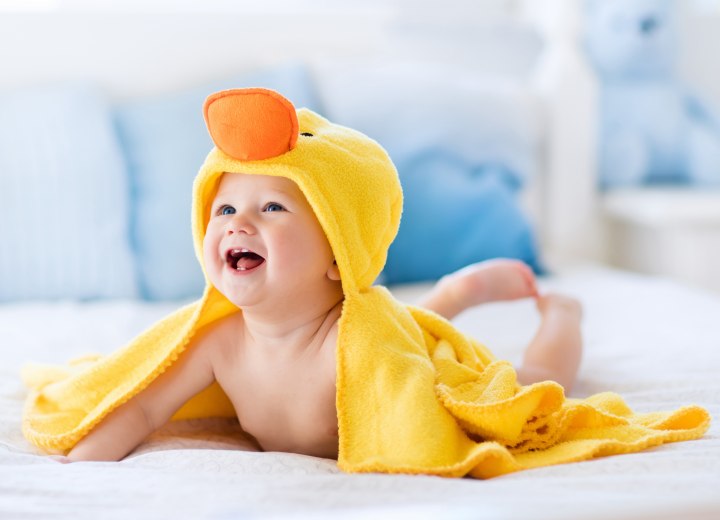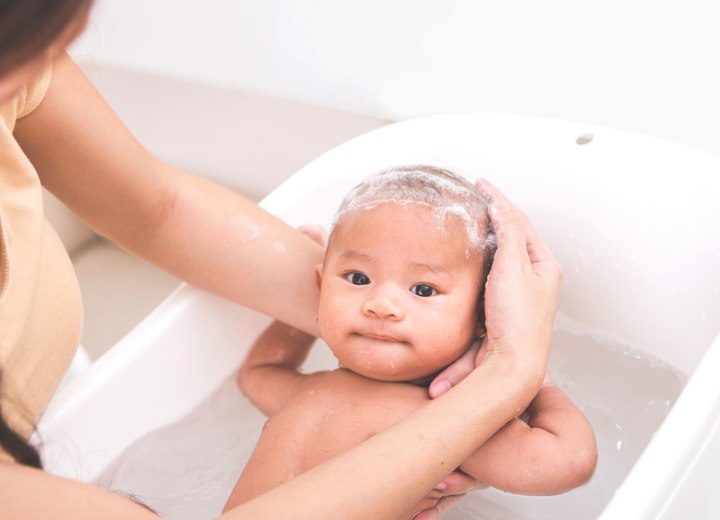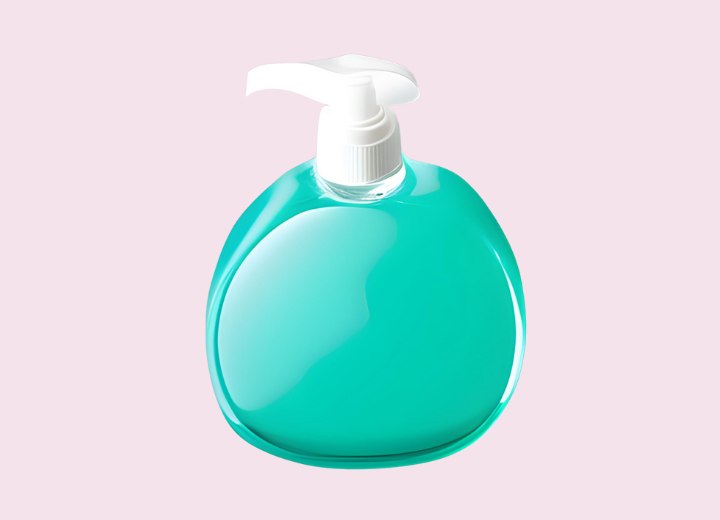How to Wash a Baby's Hair

With first-time parents, the prospect of doing anything to their newborn baby can seem like a daunting and complicated task. From changing diapers to giving the baby a bath, it is every parent’s job to worry and fret that they are doing something wrong.
Washing a baby's hair has to be high up on the "how the heck do I do that?" agenda! Fortunately, parents are not alone and help is at hand about how to wash your baby's delicate little head of hair correctly.
Some babies are born with a head full of hair, while others are born with little or no hair at all. If your baby does not have any hair, his or her scalp will still need to be washed.
The easiest way to do this is to support your baby’s head and shoulders while he or she is in the bath with one hand, and with the other hand slowly pour a jug or warm, soapy water over the scalp, keeping the head tilted back slightly to avoid the water from going in the baby’s eyes.
With newborns, it is advisable to just use water to wash their head and body in those first few weeks, as soap can easily make newborn skin dry and flaky. As your baby reaches four or five weeks, soap can be added to the bath water and poured over the baby’s scalp. Make sure that the soap added to the water is pH neutral so it will not aggravate your baby's delicate and highly sensitive skin.
How to Wash a Baby’s Hair
With newborn babies, the best way to wash their hair is with a sponge or flannel. Support your baby's shoulders and head, which should again be tilted slightly, and gently pat the wet and warm sponge or flannel over the hair until it is sufficiently clean.

As your baby progresses from a newborn into a young baby, at about four to five weeks, you will need to start shampooing your baby's hair. Always use a mild shampoo, preferably designed for babies.
Wet your infant’s hair with a sponge and add a tiny amount of shampoo, no larger than a small coin to his or her hair, and gently massage it in, working up a small lather. Rinse the shampoo out thoroughly by pouring a jug of warm water over your baby’s hair; once again keep his or her head tilted back slightly to avoid any contact with the eyes.
It is important that all the shampoo is removed as shampoo left on the scalp can cause a baby’s head to become dry, which can lead to cradle cap. Always wash your baby's hair last, as allowing an infant to sit in water that is full of shampoo suds can lead to a urinary tract infection.

A baby's hair should not be washed every day, and even every other day can be considered too often. Many midwives advise that an infant's hair is washed on an "as needed" basis. Excessive washing of the hair covering such sensitive and delicate skin is not needed and will only dry out a baby’s scalp, which could lead to cradle cap. Instead of washing it every day, gently wipe it with a flannel daily to remove any dirt and freshen your baby up.
What Shampoo Should I Use to Wash my Baby’s Hair?
Shampoos designed for adults often contain sulfates and are generally much harsher than shampoos made especially for babies.
Although many baby shampoos are milder and kinder to a baby's hair and skin, and do not sting as much if the shampoo gets in the infant's eyes, if the shampoo contains a high PH, it can cause rigorous tangling of your baby’s hair. It is therefore advisable to use a shampoo that is specifically formulated for babies' hair, but that is also pH balanced and falls within the 4.5-6 pH range to avoid excessive tangling.
Continue reading ...
